from the Sword of Damocles to Pokemon and space orbits

Augmented reality in our time no longer resembles an outlandish phenomenon from science fiction books. She has become very firmly established in our lives. From social media filters to delicate surgical procedures, AR technology is gaining popularity.
Augmented reality came to a wide range of people along with pokemon – millions of fascinated users were chasing them. Or with smart glasses that presented the world with Google. In fact, the roots of this powerful future technology go back centuries. Much further than we could have imagined. Let’s take a look at where it all began and see how far progress has come.
Unreal in the present: what is augmented reality
In fact, the very essence of this phenomenon is far from digital. Imagine a medieval city and a baker’s shop in the gateway. This is reality? Yes, such a picture is quite likely. Now think about how people could tell about this shop? Of course, draw a sign with a bun. Now everyone passing by will see the sign and know that bread is sold here. In essence, this is augmented reality. A marker that allows a person to determine the location and type of service.
After centuries, we can observe elements of augmented reality through AR glasses, but this does not change the very essence of the phenomenon – to provide information about the object, explain what it is intended for and how it functions. A sign nailed to a wall in a medieval city gave people the same message.
For many centuries, humanity has cherished dreams of another reality into which one can look. Already in the 15th century, the famous Italian scientist, architect, mathematician, sculptor Filippo Brunelleschi tried to create the first augmented reality tools. Depicting a separate object as an addition to the actual picture of the world, he suggested looking at it through a mirror with a hole.
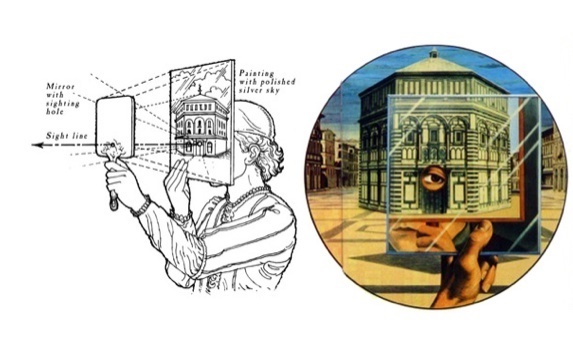
What if you look into the 19th century? We will see the first prototype of modern technologies – a stereoscope invented by an English physicist Charles Whitson in 1837. Would anyone at that time have thought that this amusing invention, which made it possible to create a volume effect with the help of a pair of lenses and similar pictures, would become a prototype of technologies of the distant future?
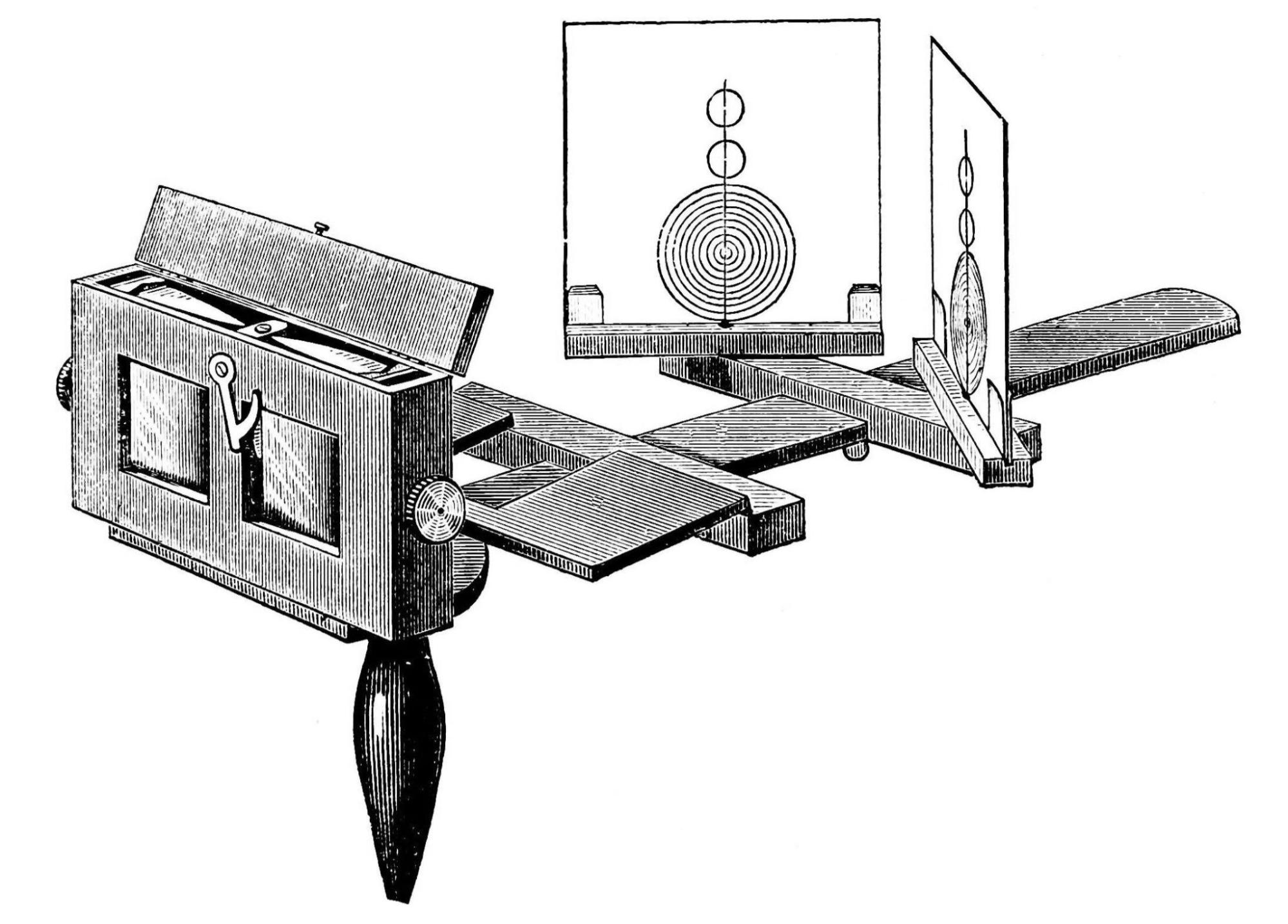
The term “augmented reality” itself was born in 1990 thanks to Tom Codell, a researcher at Boeing. He often mentioned the new concept in describing the digital displays that were used to build airplanes. The assemblers had laptop computers with them. Using helmets with translucent display panels, they could see the necessary drawings and instructions. Only the invention, alas, did not go into series.
In the modern understanding, AR or Augmented Reality, which means “augmented reality,” is the technology of overlaying digital objects on a picture of the real world. In other words, the surrounding reality is supplemented with various elements: 3D objects, pictures, animation, texts.
You can see augmented reality using devices that can receive and transmit video signals. These can be smartphones and tablets that are familiar to everyone. As well as webcams and special AR glasses. In this case, virtual objects can be viewed in real size and from all sides.
How augmented reality works
The device’s camera captures and scans the real image. Next, the program determines the location and type of the virtual object using special markings and markers. And now we see on the screen a virtual image superimposed on top of the real one.
The immersive effect is created by two methods of overlaying objects:
Constructive — in this case, virtual elements are built into the surrounding space;
Destructive – this method masks the real environment by superimposing virtual images.
Types of Augmented Reality
There are two types that differ in the way information is displayed:
Marker — the technology identifies objects previously added to the database of an AR device or application. Markers help determine their location and camera orientation. This method is limited by the fact that virtual objects are superimposed only on those places where markers are located;
Markerless — using a special algorithm, the user’s device recognizes objects appearing in the field of view. This analyzes color data, textures, and similar features to determine the appearance of an object. Markerless AR devices use GPS, compass, gyroscope, accelerometer information to determine location-based data.
History of technology development
Let’s continue our journey and go to the twentieth century, when the effect of being on the edge between the imagined and real world has ceased to be a vague dream.
From the fantastic ideas of the author of “The Wizard of OZ” to the creation of the first helmet
The famous creator of the magical land of OZ Lyman Frank Baum once noted: “Imagination transforms the ordinary into the great and creates the new out of the old.” Already in 1901, in his novel “The Master Key,” the writer mentions magic glasses given to a boy. A mysterious invention allows you to recognize the characters of people using a certain letter that appears on the forehead of everyone you meet when viewed through glasses.
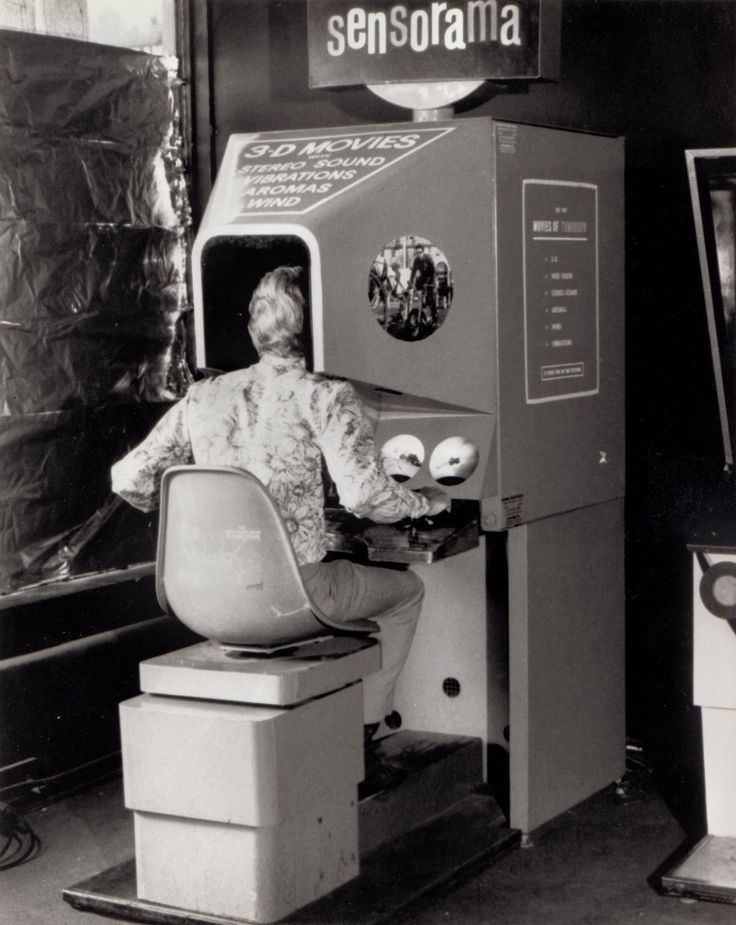
In 1935, the idea was picked up by an American science fiction writer Stanley Weinbaum. In his novel Pygmalion’s Glasses, he describes a device that allows people to see the world as they wish. The principle of operation was based on telepathy and thought projection. Putting on wonderful glasses, a man saw reality transformed in accordance with his fantasies.
In 1962, American filmmaker Morton Heilig thought about the possibility of immersing a person in the virtual world. His Sensorama project was equipped with monitors and a stereo surround sound effect. Several fans created the sensation of wind, the evaporator simulated smells, and the seat simulated vibration. The idea aroused genuine interest, but did not receive support due to the high cost of the project.
And finally, in 1968, the world waited for the first AR headset. It was created by an American scientist Ivan Sutherland, and its name was terrifying – “Sword of Damocles.” The first device could not be moved; it was attached to the ceiling and hung over the user. A computer connected to the glasses generated various images. Such 3D objects changed perspective depending on the movement of the viewer’s head.

How AR technology interested the military
Virtual and augmented reality technologies are successfully used for comprehensive training of the military, simulating combat operations, and practicing first aid techniques. The technique allows you to quickly acquire the necessary skills in conditions as close as possible to real ones, without risk to life and health.
And Ivan Sutherland’s ambitious invention called the “Sword of Damocles” became the first interesting project that allows the operator to be transferred to a virtual environment. But at that time the world was not yet ready for a serious breakthrough.
The project has undergone many changes. It was only in 1989 that military pilots received a serviceable aviation helmet. The Super Cockpitallowing you to project flight information onto the headset’s windshield.
Tom Furness served in the Army as chief of the visual display systems division of the Armstrong Aerospace Medical Research Laboratory at Wright-Patterson Air Force Base in Ohio. He has always been focused on solving real-world problems, such as how to display sensor information on virtual displays and make systems less difficult to understand and operate.
In the 70s, the capabilities of new fighter aircraft began to exceed the ability of pilots to adequately react and make decisions in extreme conditions. The abundance of control buttons, a huge number of switches, sensors and scales made it difficult to choose the correct sequence of actions in conditions of high overloads or in a stressful situation in a real battle.
From 1986 to 1989, Tom Furness was involved in the Super Cockpit project, the main idea of which was to use natural human perception mechanisms to process spatial information. To achieve this goal, Furness developed a system that projects information into a 3D virtual space that the pilot can see and hear in real time.

Currently, the main areas of use of AR and VR for military purposes are training and development of tactical techniques in conditions that accurately replicate real combat operations, and driving simulators of special equipment. During exercises, augmented reality glasses project an image and simultaneously transmit the actions of the soldiers to the command post, which allows you to remotely adjust events and control the squad.
Introduction of AR into other areas of human activity
Australian visual artist Geoffrey Shaw first used augmented reality technology in 1975 in his work “Point of View”, in 1987 – “Virtual Sculptures” and in 1993 – “Golden Calf”.
In 1981, Dan Reitan compared images from weather radars, space and studio cameras with maps of the earth, which made it possible to combine real and graphic images for broadcasting weather information on television.
In 1994, American screenwriter and producer Julie Martin creates the first theatrical production called “Dancing in Cyberspace”, where actors dance against the background of projected virtual objects.
In healthcare, augmented reality has begun to be used for surgical practice and training. And since 2005, a vein detection device has been used, which identifies subcutaneous veins invisible to the eye and projects their image onto the skin.

In 2013, Italian specialists presented to the Russian Institute of Medical and Biological Problems of the Russian Academy of Sciences augmented reality project on the ISS called “Hands of God”. The unique development allowed astronauts to perform delicate surgical or technological operations directly in orbit. Special glasses made it possible to see the hands of a surgeon or technician working on the ground. And he, in turn, observed the picture in front of the astronaut’s eyes. In fact, the crew member could only repeat the movements demonstrated by the specialist from the ground.
Development of AR technology in the 2000s
We reached the mass use of augmented reality technologies for civilian purposes already in the 2000s.
With the development of the smartphone era, the first AR applications begin to appear. An augmented reality game was released in 2005. Tennisdesigned for Nokia phones.
In 2009, augmented reality technologies made their way into print. That’s when Esquire magazine “revived” on its pages by Robert Downey Jr., who gave a virtual tour of the contents of the issue. It was enough to point the computer camera at his image.
In 2013, the technology was picked up by automakers. Volkswagen is the first to use the app MARTAproviding detailed instructions for vehicle repair and maintenance to technical personnel.
In 2014, Google introduced new augmented reality glasses, Google Glass, that allow you to communicate on the Internet, find information, take photos, record videos, and access various applications using the touch panel or voice commands.
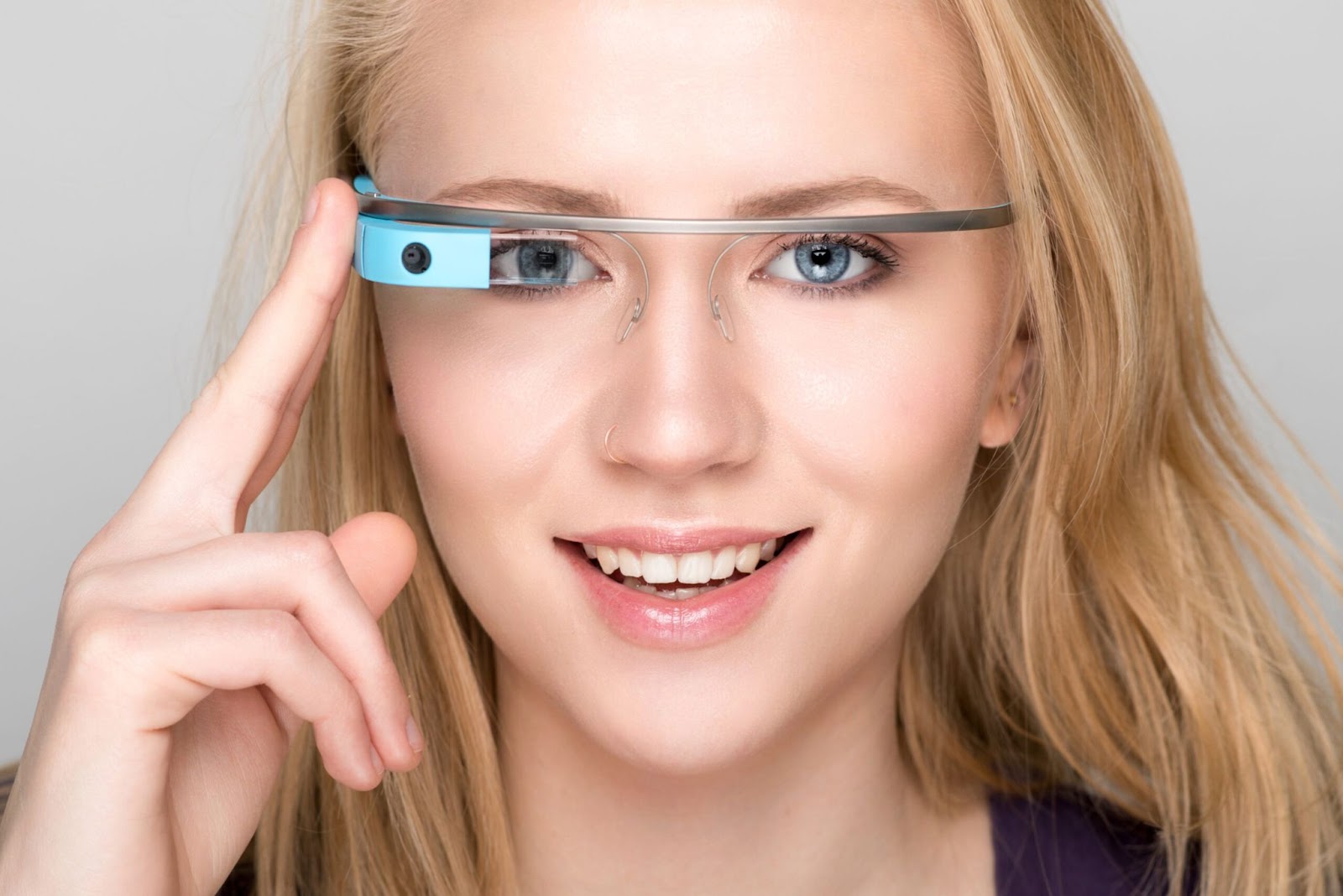
And in 2016, users begin to wander around their cities in search of virtual Pokemon. The popularity of the new game Pokemon Go was crazy and was able to change the skeptical views of non-believers about new technologies.
IKEA made it easier for its customers to select furniture and accessories before purchasing by releasing in 2017 augmented reality appallowing you to try on a future new product in the interior.
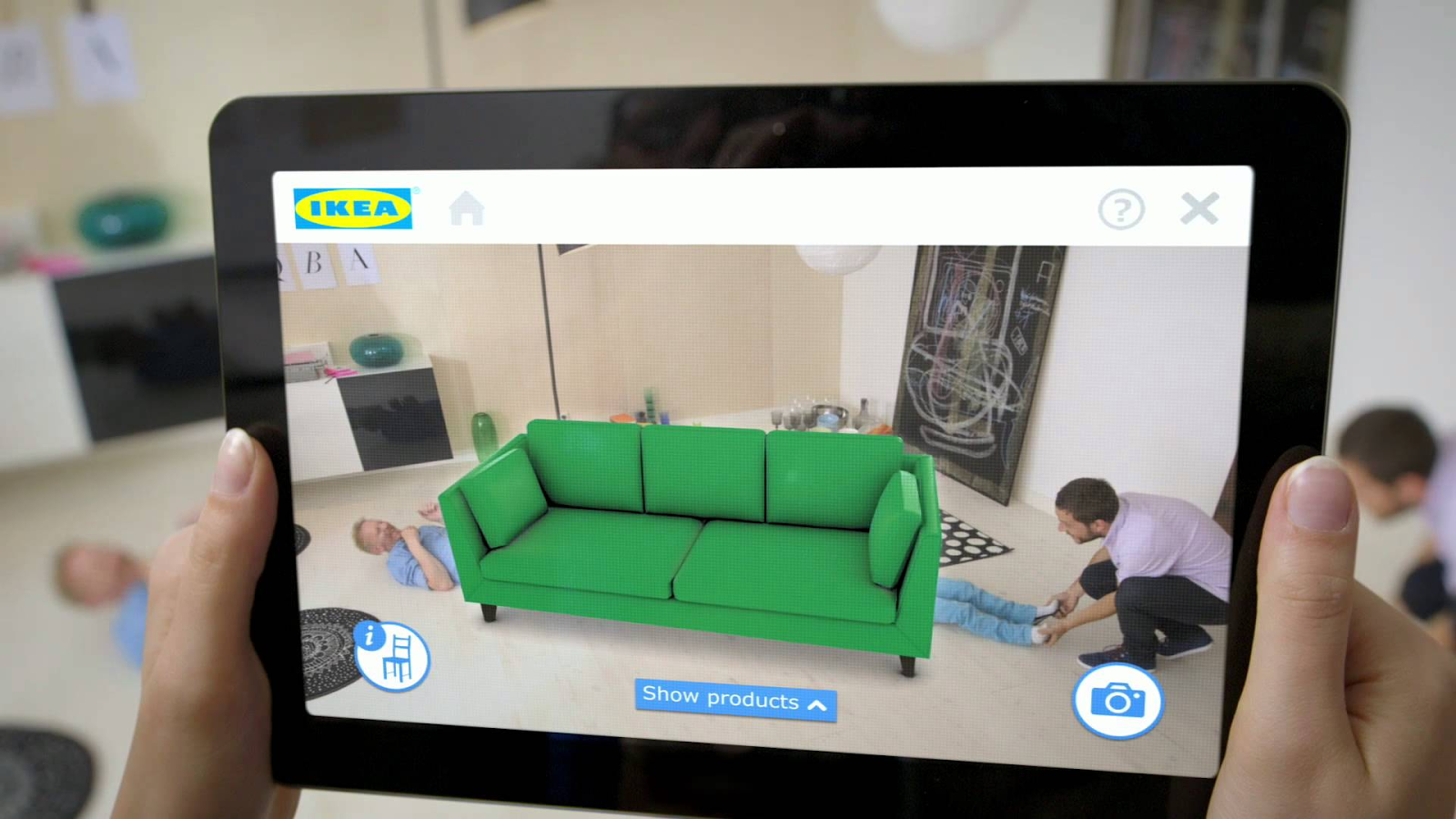
At the end of 2019, Google introduced a software development kit ARCoreallowing you to create augmented reality applications for Android, IOS and other platforms.
Areas in which AR technology is currently being used
What now? Augmented reality has firmly entered many areas of human activity. When pointing a camera at a QR code or applying a filter to reality on a social network, few people think about the history and essence of AR. It simply is, ordinary and familiar. Only the remnants of wild tribes in Africa have not heard of this technology.
Trade is one of the most popular areas where augmented reality technologies are useful. How convenient it is to buy interesting things in online stores without leaving the couch. Or try on clothing items on a real figure. Or see a cabinet you like, an easy chair, or maybe a large green plant in the interior.
Such applications can be used, for example, Leroy Merlin or IKEA. ZARA will demonstrate clothes in a virtual fitting room. And the company Sephora will show you how makeup will look on your face.
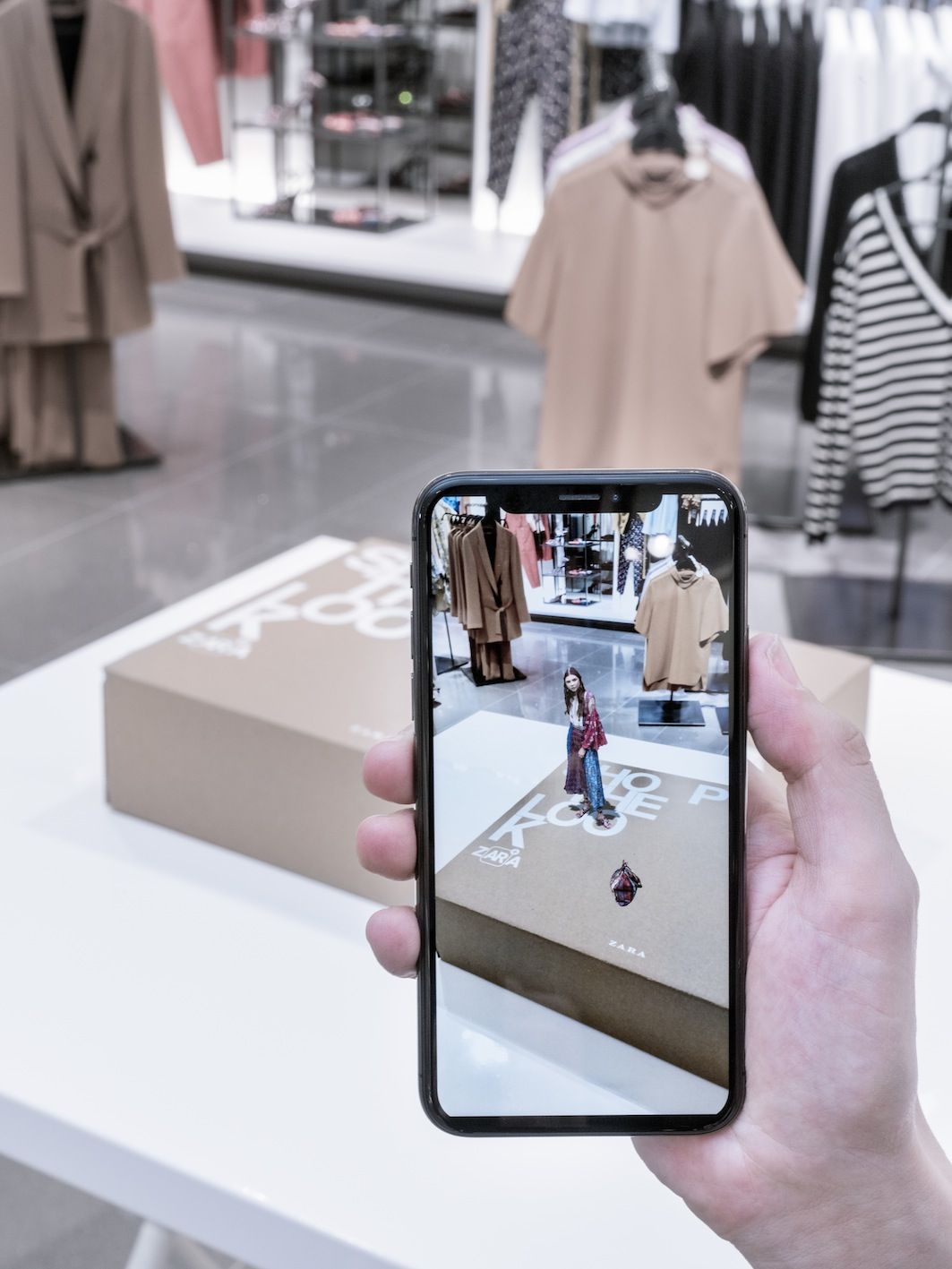
Games — unlike virtual reality, AR superimposes digital elements onto a picture of the real world, thereby providing a more natural vision. For example, a player can scan their own room and use it in the game, seeing the character sitting on the couch two steps away from them.
Let’s remember Pokemon Go, which forced millions of people around the world to chase Pokemon that had penetrated into reality.
Or Minecraft Earthallowing players to create a parallel world using a phone or tablet.
Medicine — augmented reality allows high-level specialists to remotely attend operations and literally control the hands of a young doctor. And during the learning process, students get the opportunity to simulate real situations and find the right ways to solve them.
AR technology helps medical staff administer IVs and take blood tests faster. Company AccuVein introduced a handheld scanner that projects the exact location of veins onto patients’ skin.
Scientists from the University of Michigan have developed technology that allows doctors to determine the presence of pain points in patients using special glasses.
And Radboud University Medical Center (Netherlands) has created an application that allows you to locate the nearest external defibrillator. It will take no more than a minute to find it and use it to help those in need.
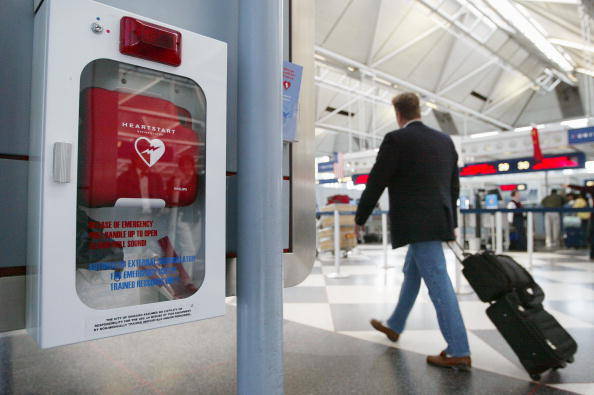
Advertising — here augmented reality will help create intriguing virtual billboards and signs that will provide potential users with information about the product, the availability of promotional events, and introduce the product through virtual fitting. All this using a regular smartphone.
The Coca-Cola company used virtual billboards to familiarize consumers with promotions and discounts.
L’Oréal Paris provided customers with the opportunity to try on makeup before purchasing it using AR technology.
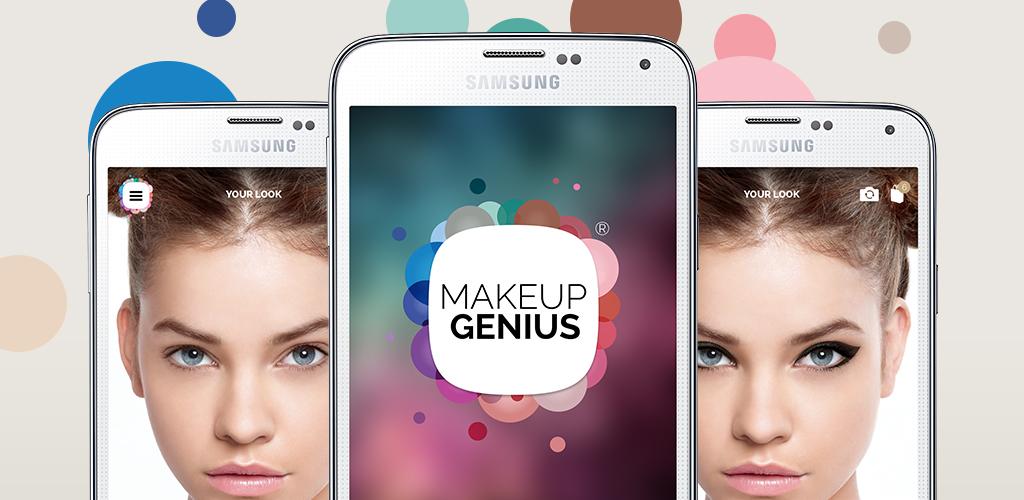
And IKEA made it possible to place its products in the interior of users at the stage of viewing the catalog.
Real estate — without even getting up from the couch, you can take a walk around the objects of interest. Especially if they are located at a considerable distance. Real estate agents have the opportunity to show clients options located anywhere in the world. And construction companies can demonstrate the future interior even before the completion of the project.
Technology company Matterport provides replicas of any space for virtual tours.
The American real estate company Zillow, which has the largest online real estate database in the United States, uses AR to show buyers a virtual interior with installed furniture.

Cars — with the help of AR technologies, users can get acquainted with information about the car, see what the car will look like in different colors, and try on various accessories on it.
Mercedes uses augmented reality to develop virtual test drives.
BMW creates virtual travel on their cars.
Trips — most applications help tourists navigate the area: pave the way, translate signs and advertisements, receive information about the ratings of cafes and restaurants.
Augmented reality provides the opportunity to “revive” booklets and guidebooks, get acquainted with the upcoming tour, and obtain information about accommodation, food, and entertainment.
Fashion — AR technologies have already hit the podium. Fashion brands create apps that allow you to see a model in any color right during the show.
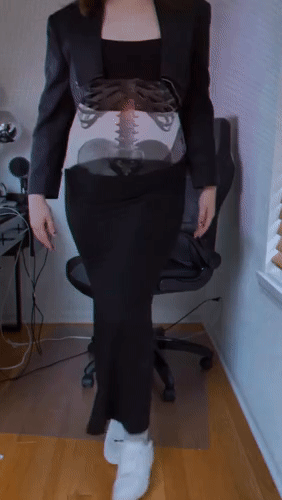
Artist under a pseudonym Piper ZY creates futuristic outfits and jewelry. From animated dresses to rings, showing in the present what it considers a big part of the future.
Sber ecosystem includes virtual assistants Fireworkwhich help you control various applications with your voice and gestures.
In 2021, a virtual tour of the Polytechnic Museum was created, which can be used by pointing the camera at the facade of the building. Excursions accompanied by a virtual guide are also available in the official museum application.
And navigation in Moscow Sheremetyevo airportdeveloped by Sber, allows you not to get lost in the terminals and easily find the necessary exits, check-in counters, cafes, shops and other services.
We are now living in an era of serious research in the field of AR technologies. This is the time of birth of new ideas and possibilities for using augmented reality. People continue to learn and realize the enormous power of this once fantastic phenomenon.
In almost any area of human activity, augmented reality has enormous potential. And although many projects are still in development or being tested, AR has already become an integral part of our lives.
The only thing we don’t know yet is how long it will take for technology to catch up with our imagination.
The UFO flew in and left a promotional code here for our blog readers:
-15% on any VDS order (except for the Warm-up tariff) – HABRFIRSTVDS.


